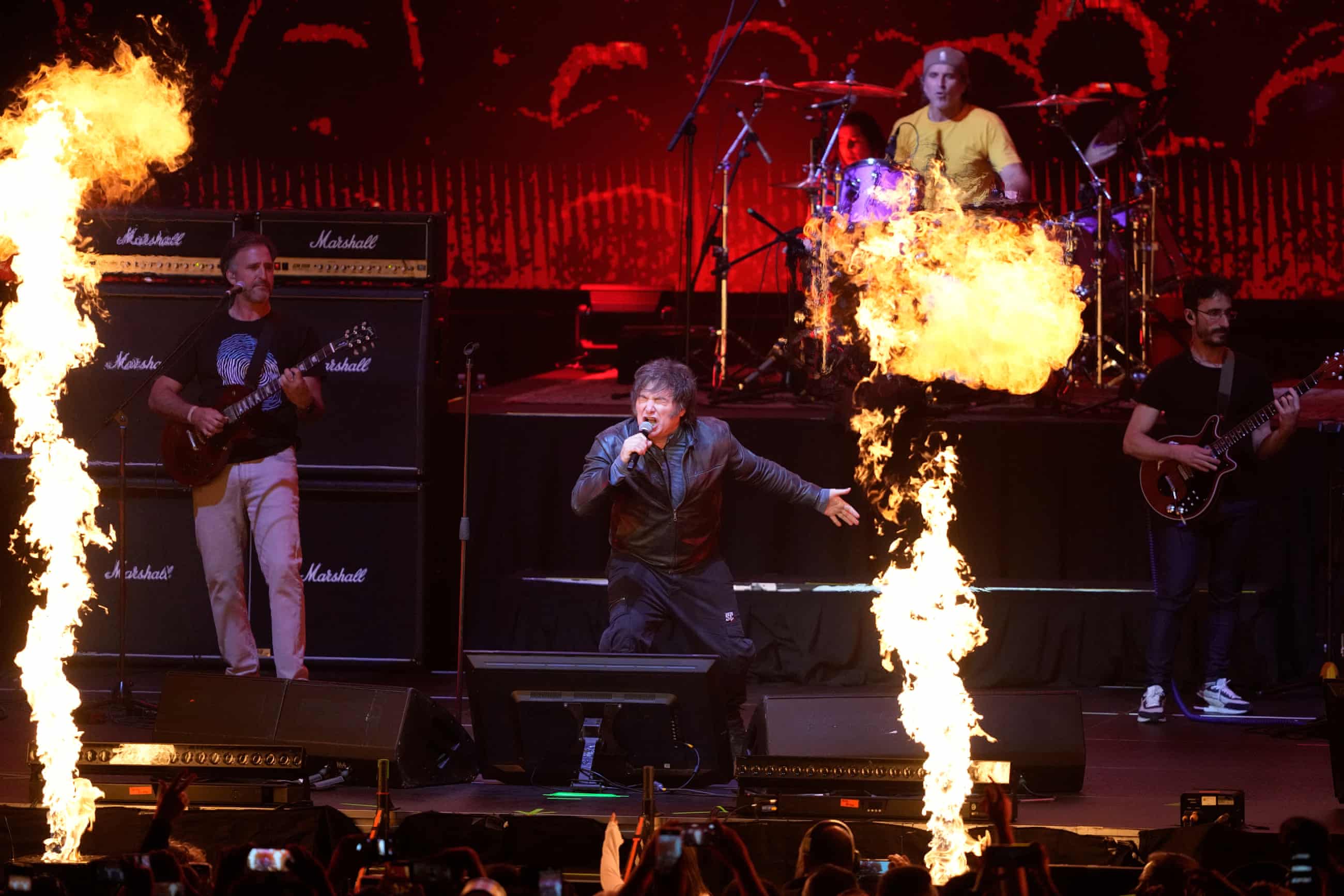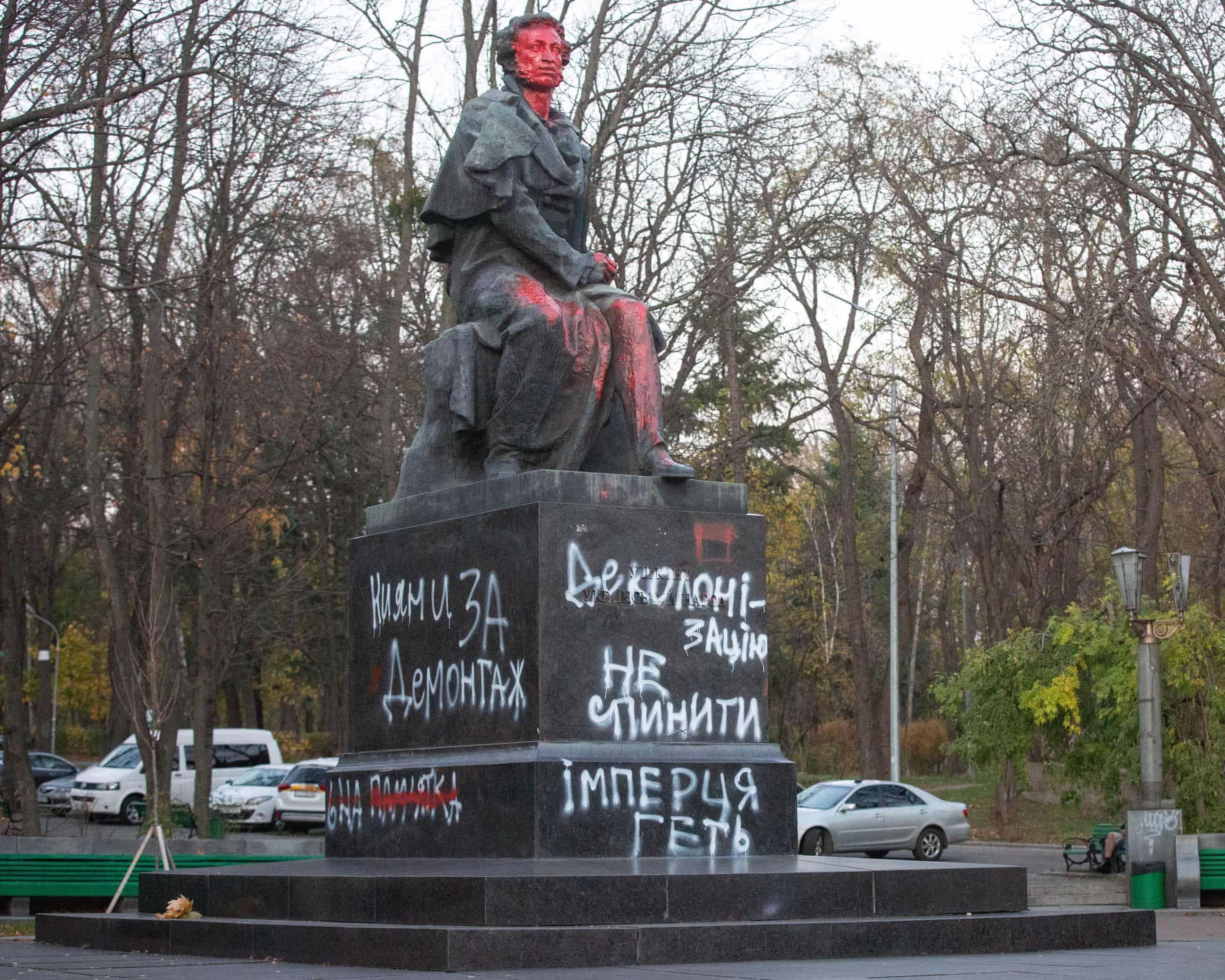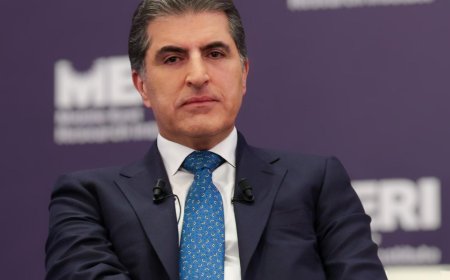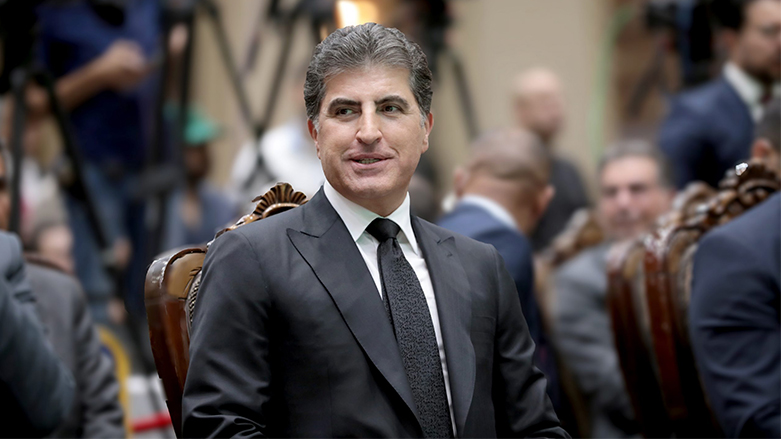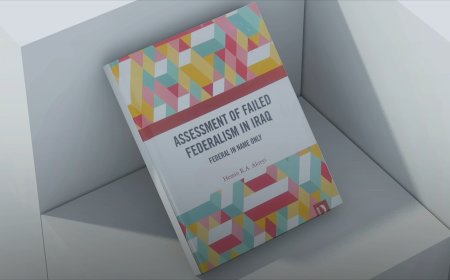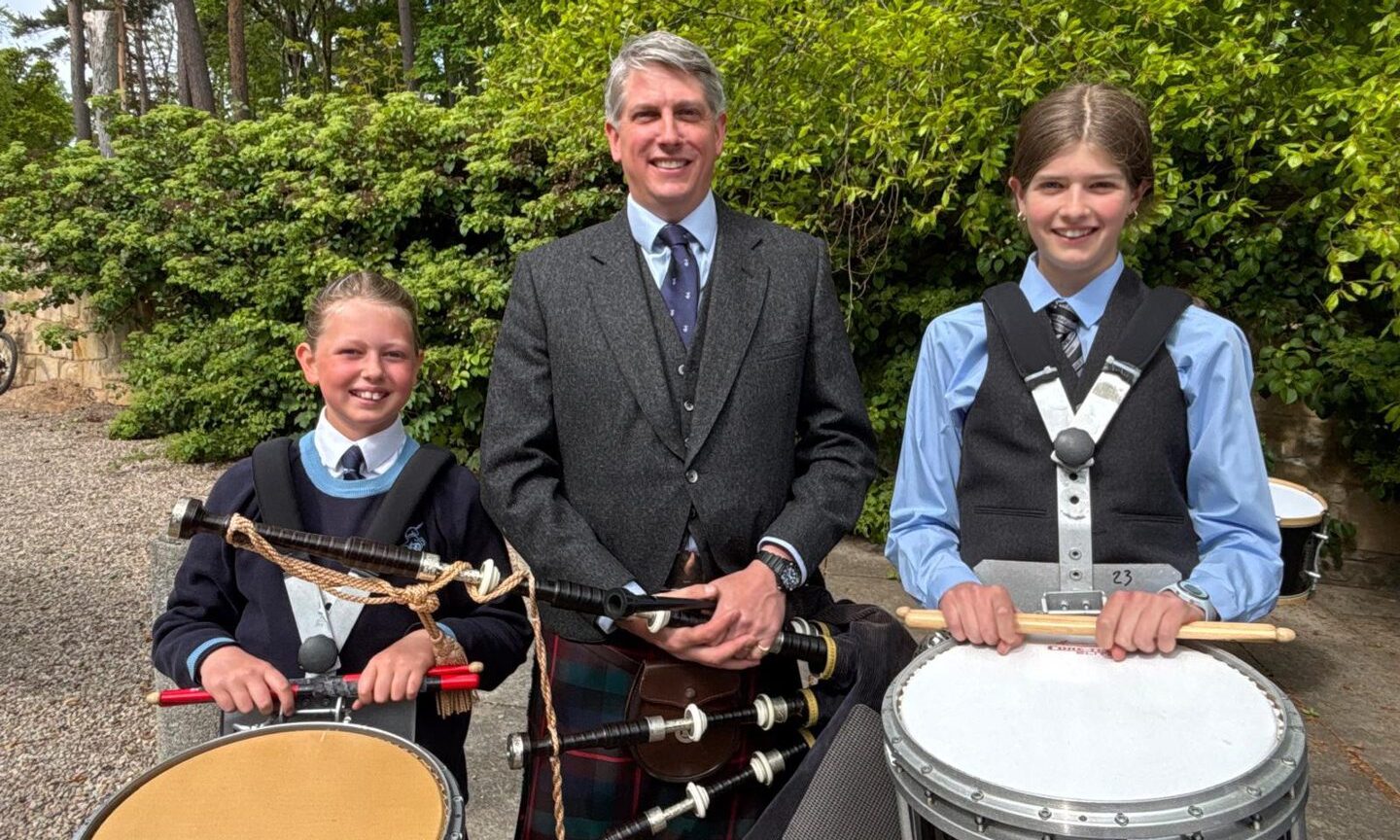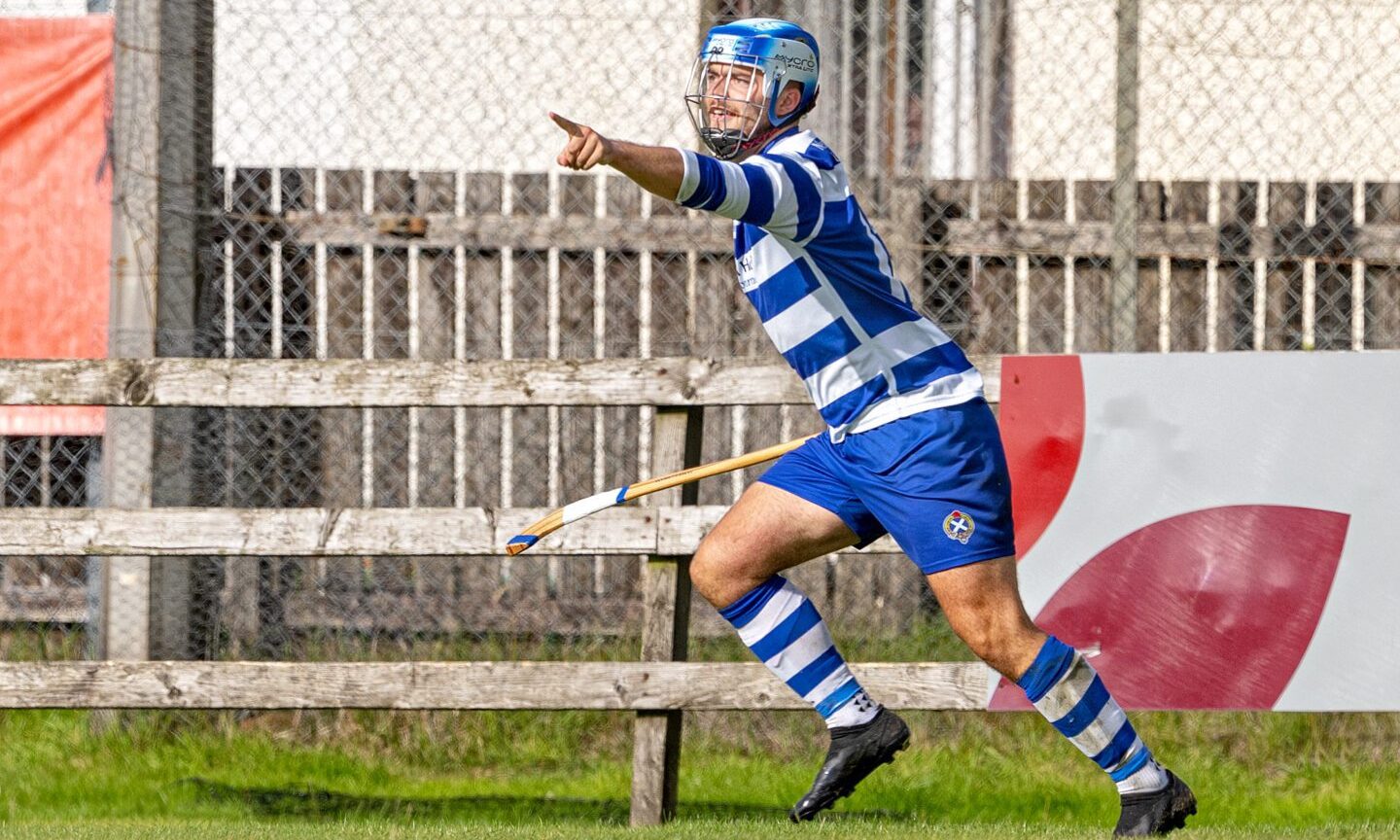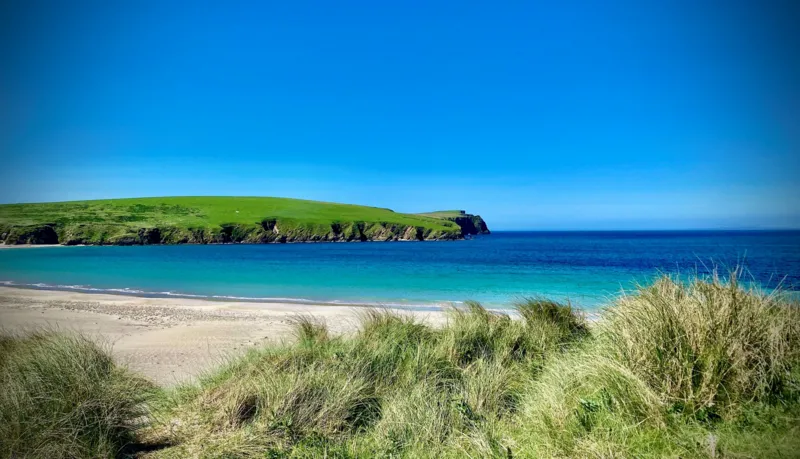The BT Tower was once London’s coolest building. Now there are plans to bring back the glory days
The Grade II-listed landmark, which opened 60 years ago today, was once home to a revolving restaurant frequented by the rich and famous

The BT (formally Post Office) Tower turns 60 today. It is impossible now to appreciate how scintillatingly, pristinely modern it once was. Over 600ft of glass and steel, rocketing above the creamy stucco of Fitzrovia’s Georgian streets, the tower was simultaneously the heart of Britain’s new telecommunications network and a harbinger of the “white heat of technology” with which then prime minister, Harold Wilson, wished to harness a “scientific revolution” to modernise Britain.
So perfect was the symbolism that on the damp morning of Oct 8, 1965, Harold Wilson stepped away from tense face-to-face negotiations with the Rhodesian Prime Minister, Ian Smith, who was about to announce his nation’s Unilateral Declaration of Independence from the British Empire, in order to officially open the tower. The Prime Minister made a ceremonial phone call to the Lord Mayor of Birmingham, unveiled a plaque and then took the lift up 34 storeys to admire London from on high.
According to the Postmaster General, Tony Benn, who was present, “it was so misty we could hardly see anything at all”. Wilson’s Political Secretary, Marcia Williams, later the key advisor to the television series Yes Minister, took photos. Eight months later Queen Elizabeth II visited and Tony Benn suggested she host a state banquet in the newly-opened revolving restaurant “in which all the guests went by the top table every 20 minutes”. She was unpersuaded.
The crowds were, however. They flocked, with 4,500 a day paying four shillings to ride the lifts from the souvenir shop below to the observation galleries above. Contemporary films shows children in delighted shock at the unexpected kick of the British-manufactured lifts’ acceleration, the country’s fastest, as they raced skywards. It was Britain’s tallest building, and few had ever been so high. David Lewis, who visited as a 10-year-old on his first London trip, recalls: “I will never forget the experience […] the sudden realisation that the scene beyond the glass was the actual, 3D world, seen from […] a quite unimaginably great height”.
The nattily uniformed ushers were termed “space flight conductors”, albeit in Post Office red and with Royal monogrammed hats. Around 50,000 visited in the first three weeks; one and a half million in the first year. It was the Harry Potter Experience of its day, effortlessly popular and of the moment. Tony Benn, at the tower’s opening, had called it the “new, bigger Big Ben” and promised that “visitors to London will remember it as the dominating feature of our capital city.” He seemed to be right.
Those who could not visit London could enjoy the tower vicariously thanks to the 1966 four-part Doctor Who serial, The War Machines, in which an evil super-computer housed within the Post Office Tower attempted to conquer London. (As a harbinger of the future, Doctor Who’s evil opponent was housed in a modernist building, a theme repeated frequently in James Bond, Star Wars and other films). The tower rapidly passed the Eiffel Tower test of being instantly recognisable and soon featured on the Thames Television ident between programmes.
Those with deeper pockets could luxuriate in the spirit of the age for longer, using a separate entrance to visit the Top of the Tower, a revolving restaurant run, incongruously, by holiday camp impresario Billy Butlin, who had bought the lease. It was a wise investment, although the restaurant was hard to manage. Victuals had to be transported up from the storerooms in the basement before the crowds swarmed at nine o’clock. And some staff, who found the place dizzying, declared it the “revolting restaurant”. Nevertheless, it was busy, selling 800 lunches and 1,300 dinners a week at “high prices” – with 11.5 per cent going to the Post Office. Diners received a playful “certificate of orbit”.
Less confident of Britain’s cuisine than its technological prowess, the Top of the Tower made no secret of the fact that one third of its chefs were French, one third Italian and that the head chef was Spanish. A copy of an early menu survives in the Museum of London. It is largely in French and uncompromisingly traditional. Moules Marinière and Le Ris de Veau Toulousaine for those who could cope with what William Makepeace Thackeray had called “Frenchified fuss”. The Franglais of Le Mixed Grill Maison for those who could not.
Businessmen with expense accounts dominated at lunchtime, the fashionable for dinner. The rich and famous could linger with cocktails into the small hours. Annabel Brown, who visited with her father, recalls being distracted by Carry On actor Kenneth Williams dining nearby: “It was very difficult not to keep looking at him!”
The 1966 film, Eating High, gushed: “It’s one of the trends of the swinging Sixties, dining rooms in the clouds, where it’s not chips with everything but views of cities. It’s no longer a matter of eating out but eating high.”
This was not to last, however. A bomb exploded in the men’s lavatories in 1971. No one was injured but the viewing platforms were closed. They never reopened. Billy Butlin’s restaurant lease ended in 1980 and was not renewed. In the same year, NatWest Tower snatched away the moniker of Britain’s tallest building. In 1984, British Telecom was privatised, and the Post Office Tower was renamed the BT Tower. The British-made lifts were changed for foreign-manufactured replacements.
The Tower, however, lost its rationale and caché. It had been built for microwave technology that could cope with rapidly expanding post-war telephone use unlike the old copper wires but required line of sight to other transmitters, hence the need for height. However, new fibre optics technology had more capacity and could go underground. The Tower was becoming a liability, not an asset.
Meanwhile, the British had fallen out of love with architects’ visions of the future. The replacement of a grimly monolithic shopping centre at Elephant and Castle, the threatened destruction of Covent Garden, the proposed dual carriageway on the Strand, the dystopian plans to replace Whitehall with brutalist ziggurats – all established in the public mind that new buildings were to be feared, not welcomed.
The Post Office Tower was a rare exception. Sitting in the middle of an urban block, it was not destructive or hugely unpopular. Largely hidden by the surrounding 18th century streets, it peeped out in sudden vistas. It said hello. It did not overwhelm. And, being thin and round, it did not create the same windchill as did wider and flatter later towers. Perhaps tellingly, the tower had been designed not by a famous architect but by a self-effacing one, Eric Bedford, the chief architect of the Ministry of Public Buildings and Works who had also designed the Coronation Arches that lined the Mall for Queen Elizabeth II in 1953.
Familiarity married with inaccessibility created curiosity. For 40 years the Tower has only been fleetingly open for charity events or for BT guests. Public access is always oversubscribed. It was listed in 2003, rightly so, though fortunately the surrounding buildings, which are monochrome and monolithic, were explicitly excluded from heritage protection.
Last year BT sold the tower for £275m to a global hotel chain, MCR Hotels. Thomas Heatherwick is to reforge a luxury hotel. There are hopes that the revolving restaurant, after 45 years, is returning. It only truly flourished for six brief years a lifetime ago from 1965 to 1971. Will Heatherwick make an icon out of it again? It is a high bar, but the ghosts of Harold Wilson and Tony Benn would certainly dance if he did.
[Source: Daily Telegraph]









